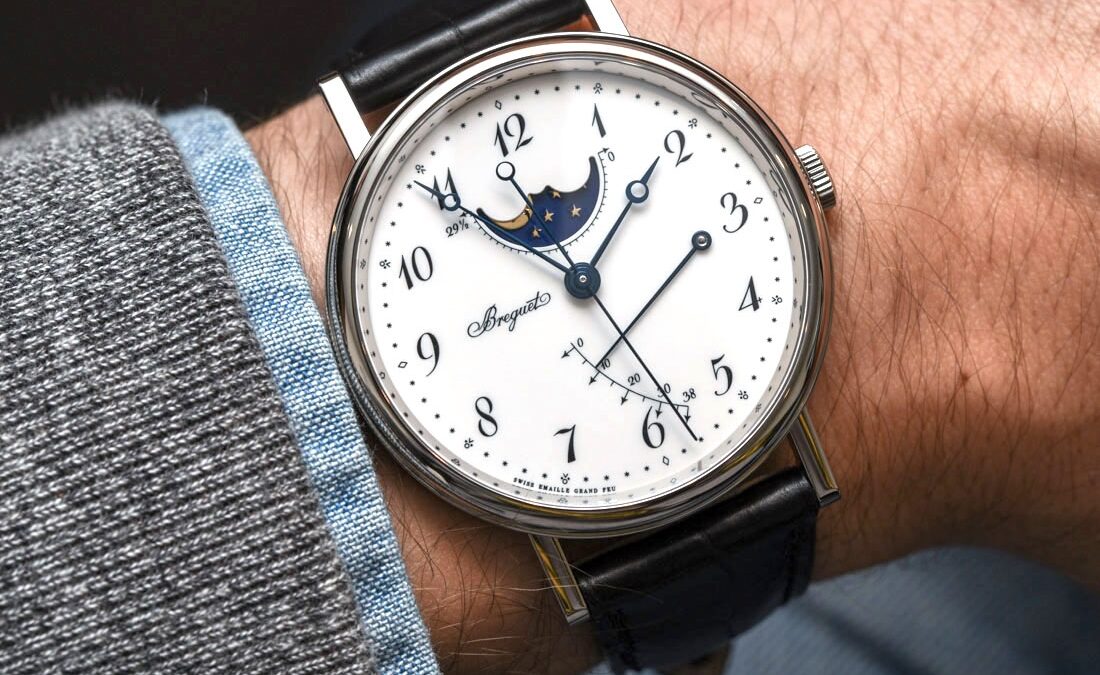
The Anatomy of a Luxury Watch: What Makes Them Tick?
Luxury watches, even second-hand options, are heirloom pieces. They are built to last lifetimes and can be passed on through the generations and still work beautifully. Add onto the fact that luxury watches are largely seen as investment pieces that can maintain excellent value through the years, and you have every reason to take the leap.
You can shop through the modern-day lineup or alternatively head to professional dealers like regalhattongarden.co.uk in the hopes of snatching a much-coveted vintage style. Many of the top brands have released limited edition styles and designs through the years, and those are highly sought after on the second-hand market.
Knowing what makes those highly coveted watches tick can help you understand the prices they go for. From the craftsmanship to the heritage name, these are the components that make a luxury watch tick, and at the price they do:
· The Movement
At the heart of every watch is the movement, which is essentially the engine that drives the watch. There are two main types of movements: mechanical and quartz. Mechanical movements use a series of gears, springs, and levers to keep time, while quartz movements use a battery to power a quartz crystal that oscillates at a precise frequency to keep time. Luxury watches typically use mechanical movements, as they are more complex and require more skilled labor to create. Within mechanical movements, there are two types: manual and automatic. Manual movements require the wearer to wind the watch daily, while automatic movements use the motion of the wearer’s wrist to wind the watch automatically.
· The Functions
Luxury watches often have various functions beyond just telling time. These functions, also known as complications, can include chronographs, perpetual calendars, moon phases, and world timers. These functions can be displayed on the dial or controlled by buttons on the side of the watch. The more functions a watch has, the more complex the movement and the more skilled labor required to create it.
· The Dial
The dial, otherwise known as the watch face, displays the time and other functions. Luxury watches typically have dials that are made of high-quality materials, such as enamel, mother-of-pearl, or precious metals like gold or platinum. The hour markers and hands will also be made of high-quality materials and are often coated with luminous material to make them visible in low-light conditions.
· The Case
The case of a luxury watch is the body that holds the movement and protects it from damage. Cases can be made of various materials, including stainless steel, gold, platinum, or even exotic materials like titanium or carbon fiber. The case will also hold the crystal cover, which protects the watch. Since these crystal faces are usually made of high-quality options like sapphire, they’re scratch-resistant.
· The Strap or Bracelet
The strap or bracelet is the band that holds the watch on the wearer’s wrist. Luxury watches can feature straps or bracelets made of various materials, such as leather or fine metals. They can be plain or feature intricate designs, such as alligator or crocodile skin or from precious metals, such as gold or platinum. These straps can be adorned with diamonds, emeralds, rubies, or other precious stones as well, adding further luxury to your watch.
